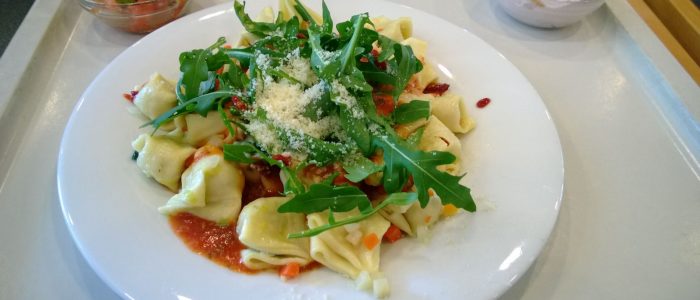ESA Tender | AO-1-10959 – PROTEIN AND MACRONUTRIENTS PREPARATION AS EDIBLE SOURCE
Although initial attempts are underway to produce food in space, this is currently limited to low calorie salad crops. Until high caloric density food can be produced in space, the only option for future human exploration missions is to launch food either before (as a depot) or with the crew. This has obvious implications in terms of mass and volume, as well as food stock and waste management, for very-long duration missions with multiple crew members. Today, the mass of packaged dehydrated food for a short-stay Mars mission represents around 50% of the embarked mass. The ability to produce macronutrients (i.e proteins, fats, carbohydrates) as well as micro-nutrients (e.g. vitamin B12, anti-inflammatory molecules) in-flight and convert them into edible/palatable food is, therefore, a necessary development if very-long duration human spaceflight is to be feasible.
Terrestrial developments (e.g. Solein, Air Protein) as well as previous studies in the field of regenerative life support systems (e.g. MELiSSA, PBR@LSR), offer several solutions for proteins and/or macro-nutrients production. These solutions are based on microbial processes, which utilize the waste products generated by human activities/processes or life support system (e.g. carbon dioxide, methane, dihydrogen). Such processes require less mass and volume when compared to the equivalent crop solution. As a matter of fact, the main product of microbial processes (i.e. biomass) is usually composed of 70-80% w/w proteins in the dry matter, the rest being carbohydrates, fats, vitamins and minerals. However, due to the form in which proteins are made available to the user (i.e. powder), the quantity ingested daily is limited and so is their part in the diet. Although the choice of this dried form is justified in the context of the terrestrial food market (e.g. extended shelf-life, limited processing costs, preparation flexibility on the user side), the needs are different in the context of spaceflight (e.g. dehydration energetic cost, powder containment). Thus, alternative biomass forms need to be investigated to increase their part in the crew diet up to 50% of the daily protein requirements. An engineering effort is consequently required at biomass processing level.
The present activity proposes to address, as a study case, the processing system of a micro-organism of interest, namely Limnospira indica PCC8005, which belongs to the same taxa as the widely marketed Limnospira Fusiformis and Limnospira Maxima. This processing system will aim at increasing the palatability of the biomass in terms of taste and texture. That is: the study, definition and tests of the key processing units (e.g. emulsifying, extruding, roasting/cooking, triturating, 4D-printing) required to process the biomass from the state of being suspended in culture broth to the state of being a pleasurable food product from a taste and texture standpoint.
Objective(s) of the Activity
The objective of the activity is to define a system, based on prototype units testing, to process selected edible microorganisms into foods, able to fulfil more than 50% of the human daily dietary needs.


